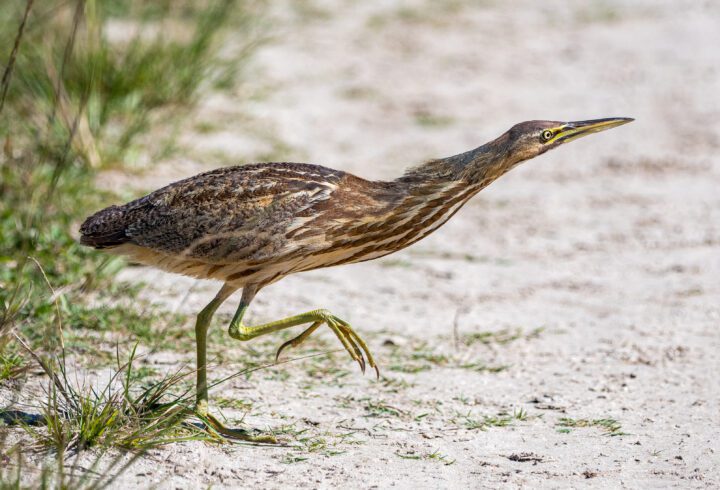Capture, Absorb, or Filter Organisms
Many living systems must secure organisms for food. But just as one living system must capture its prey to survive, its prey must escape to survive. This results in capture and avoidance strategies that include trickery, speed, poisons, constructed traps, and more. For example, a carnivorous plant called the pitcher plant has leaves formed into a tube that collect water. Long, slippery hairs within the tube face downward. When insects enter the tube seeking nectar, they lose their footing and slide inside, unable to climb out and escape being eaten and digested by the plant.
Physically Break Down Living Materials
Living materials are those that are part of living systems (whether currently or formerly alive). For example, a fallen log, although dead, is considered a living material. Breaking down or breaking up living materials is important for living systems that feed on them, as well as in facilitating the decomposition of organic matter. Breakdown increases the material’s surface area exposed to moisture, fungi, bacteria, and other living systems, many of which use enzymes and other chemicals to further break it down. But living materials can be difficult to break down because, for their own survival, their composition must provide support and protection. Therefore, living systems require mechanical means (such as grinding, tearing, or chewing) to manipulate these materials, as well as strong materials that can overcome resistance. For example, small beetles that chew through wood have large, strong jaws that enable them to cut through this tough material.






